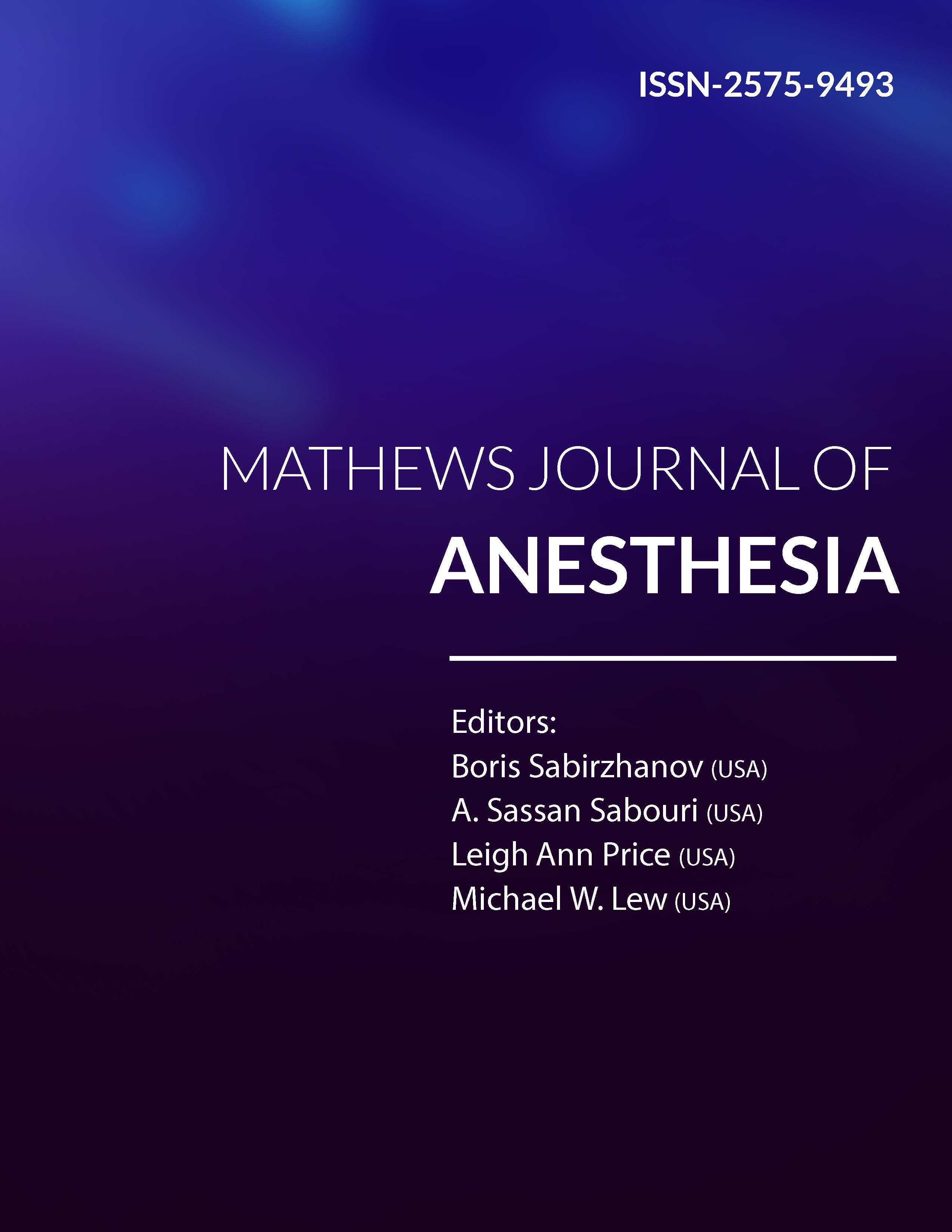
Information Links
Current Issue Volume 5, Issue 1 - 2024
Suxamethonium- Induced Prolonged Apnea: Insights from a Clinical Case
Yaaqoob Alhammadi1,*, Girishkumar Modi2
1Aesthesiologist and Intensivist, STMC Hospital / Tawam Hospital, UAE
2Specialist Anesthesiologist, STMC Hospital / Tawam Hospital, UAE
*Corresponding author: Dr. Yaaqoob Alhammadi, MD, MHA, PhD, STMC Hospital / Tawam Hospital, Al ain, UAE, Email: [email protected]
Received Date: October 08, 2024
Published Date: November 07, 2024
Citation: Alhammadi Y, et al. (2024). Suxamethonium- Induced Prolonged Apnea: Insights from a Clinical Case. Mathews J Anesth. 5(1):16.
Copyrights: Alhammadi Y, et al. © (2024).
ABSTRACT
Suxamethonium, or succinylcholine, is a depolarizing neuromuscular blocker used for rapid sequence intubation in anesthesia. It acts quickly, causing temporary paralysis, but in some individuals, a deficiency or abnormality in the enzyme pseudocholinesterase (also called butyrylcholinesterase) can result in prolonged paralysis, a condition known as suxamethonium apnea.
Pseudocholinesterase deficiency can be inherited or acquired, and patients with this condition cannot efficiently metabolize suxamethonium, leading to delayed recovery from muscle paralysis. The clinical presentation typically includes prolonged apnea and muscle weakness long after the expected recovery time, often requiring mechanical ventilation until the effects of the drug wear off.
Keywords: Suxamethonium Apnea, Pseudocholinesterase Deficiency, Butyrylcholinesterase (BCHE), BCHE Gene Mutation, Neuromuscular Blockade, Genetic Variability, Dibucaine Number, Fresh Frozen Plasma (FFP), Neuromuscular Monitoring, Anesthesia Complications, Genetic Testing.